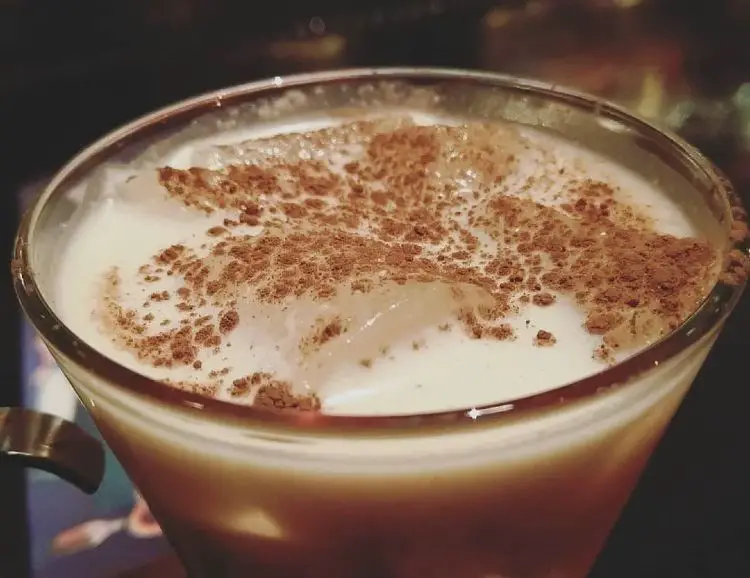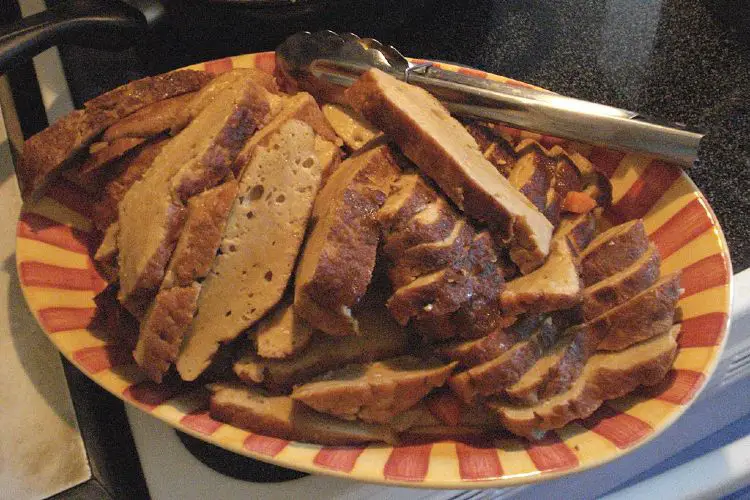The Rise of Food Pornography
In this, my sixth article in a series looking at the history of food photography, I will discuss “food porn” and how the partnership between chef and photographer has shaped modern day food photography.
The term “food porn” has been used in food photography since the late 1980’s but was coined as “gastroporn” by Michael Boys, a food and female nude photographer. His term described sensually provocative and intentionally alluring imagery in cookery books and how the imagery appeals to basic carnal desires, which is seemingly why the technique was so successful in the 2004 Marks and Spencer TV ads. Food writer Nigel Slater recalls a food photo shoot for French Marie Claire magazine, where Chef Jean-Louis created a dish of pears in red wine. He describes how the photograph captured a trail of sauce dribbling down the side of a pear in an episode of the Food Programme with presenter Sheila Dillon on BBC Radio 4.
These tempting, visual stimuli of erotically suggestive food greatly increased the popularity of food. Typing ‘food porn’ into Google today returns 18,100,000 results (compared to 744,000 resultsin 2011). Launched in January 2007, Tastespotting, an online archive of user-submitted images compiled by a team of editors, describes itself as “our obsessive, compulsive collection of eye-catching images that link to something deliciously interesting on the other side.” Similarly, websites Foodgawker, (launched in June 2008), Recipes2Share and Open Source Food fill the demands for mouth-watering images.
Photographer Tim Hill shared this desire to stir viewers’ senses. For him, the shot needs to make your mouth water. It’s getting across that “eat me” factor through graphic and interesting imagery, without actually touching, tasting or smelling the food.
Around the same time came a contrasting trend of much more natural-looking food that wasn’t so pornographic. There was a significant difference between images in magazines like Waitrose Food Illustrated compared to Family Circle or Good Housekeeping, largely due to the audience who bought them.
Partnerships of chefs and photographers were key in changing how food was photographed. While food stylists created a dish for longevity on a shoot, chefs like Jean Louis Palladincreated dishes to be eaten. Taking photographs was secondary. Photographer Robert Freson celebrates this style of shooting, feeling that the photographer merely records the creativity of the chef’s province. Preferring ingredients in natural state, he feels that food shouldn’t be interfered with too much. This partnership is also seen between Jamie Oliver and food photographer David Loftus, who regularly shoots for Jamie magazine and shot many of Jamie’s cookbooks before the magazine launched in 2009.
Significantly, food publishing has maintained the same template for decades. Typically magazines show large photographs of food on glossy paper. Jamie magazine instead prints on unconventional matt paper, mixing travel reportage with food, keeping the look accessible but aspirational at the same time. This view of real food and the chef-photographer partnership promotes more natural-looking food.
While little has been written on the subject, a significant documentary was produced in 2006 by the Audio Visual Artists’ Productions, entitled “Photographing Food as Art”. Inside the studio kitchen of Fred Maroon, the chef-photographer team worked on Jean-Louis Palladin’s book “Cooking with the Seasons”, published in 1989 by Lickle. This interesting 55-minute film shows how chef and photographer work together and their techniques for creating each photograph. Viewed in retrospect, the film was produced in 2006, but was filmed around twenty years earlier so photographer Fred Maroon shoots on film, using two rolls per food setting. The set is heavily lit with strobe lights in order to capture all the detail of the food. There are no props with no utensils, wine, or crockery in background. The images are only food on reflective acrylic tabletops. Varied lighting and arranged garnishes create interesting compositions for each dish, making images resemble pieces of artwork. The image on the right hand side shows symmetry, patterns and rich colour, sharing principles of modernist art pieces. This film shows the first chef-photographer partnership, at least twenty years before its popularity.
Interestingly this collaboration is very different to working with a food stylist. Then, most food for photography wasn’t suitable for consumption but in this documentary Fred Maroon eats the food directly off the set. It is in this film that food photography as a genre is taken seriously because each food photograph was considered not only to accompany each recipe but also for its aesthetic quality, which was crucial for the book, which took 3 years to produce, ensuring all the images were perfect. Not just a cookbook; it’s a beautiful art book as well.
In recent years, consumer interest in food has rocketed. With hundreds of food blogs, a wide range of food magazines and television shows, the connection between food and art has become much stronger. Food photography is not just for advertising anymore. In my next article I will focus on modern day cookbooks and magazines, examining further the relationship between art and food.
Further Information
Helen Grace Ventura Thompson : www.helengraceventurathompson.com
Follow Helen on twitter: @hgvthompson


